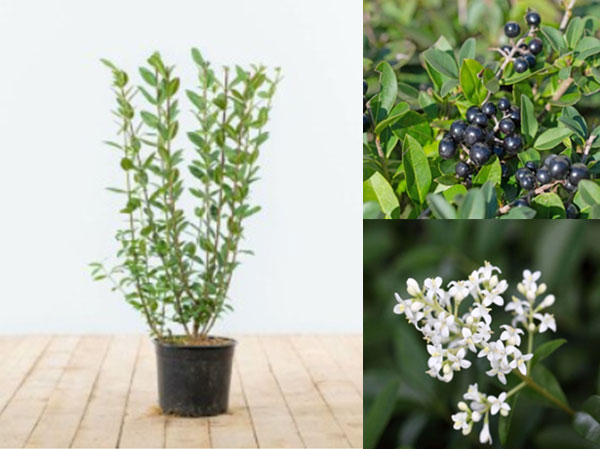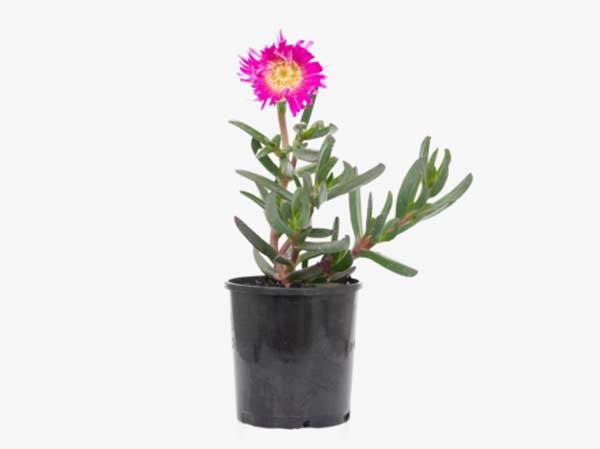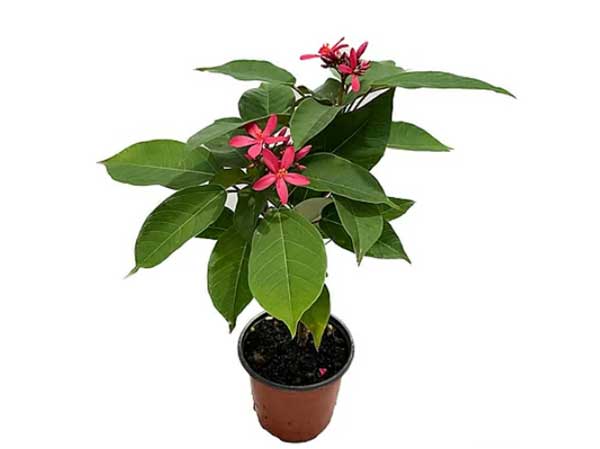
Rhaphiolepis
14/12/2023
Aloe vera (Barbados Aloe)
15/12/2023
The Hyphaene Palm, scientifically known as Hyphaene thebaica, is a striking species native to Africa and the Middle East. Commonly referred to as the Doum Palm or Gingerbread Tree, its distinctive appearance includes feathery fronds atop a stout trunk. Known for its resilience and ability to thrive in arid climates, the Hyphaene Palm has become a sought-after addition to landscapes around the world, particularly in Egypt.
The Hyphaene Palm thrives in full sunlight, making it well-suited for Egypt’s sunny climate. Ensure well-drained soil for your Hyphaene Palm. Sandy or loamy soil with good drainage is ideal. While the Hyphaene Palm is drought-tolerant, providing regular watering during dry periods is essential, especially for younger plants.
This palm is well-adapted to high temperatures, making it an excellent choice for the Egyptian climate The Hyphaene Palm is an ornamental plant, with its bold and unique appearance, makes for a stunning focal point in your landscape. Plant it as a standalone specimen to create a captivating visual centerpiece. Incorporate the Hyphaene Palm into mixed plantings to add a touch of tropical elegance.
Its feathery fronds contrast beautifully with other foliage, creating a visually appealing landscape design. The Doum Palm holds cultural significance in Egypt and the Middle East. Its historical roots make it a symbolic and meaningful addition to gardens, connecting the landscape to the region’s rich heritage.
The Hyphaene Palm is not just a plant; it’s a statement of resilience, elegance, and timeless beauty.
Whether you’re aiming to create a tropical oasis or add a touch of historical significance to your garden in Egypt, the Hyphaene Palm is a remarkable choice that promises to elevate your outdoor space into a botanical masterpiece. Finally, It is one of the most important useful plants in the world.
Along the Nile, people used its fiber and leaflets to spin baskets. All parts of doum palm have a useful role such as fiber and leaflets which used to weave baskets and doum nuts which have antioxidants and secondary metabolites such as tannins, phenols, saponin, steroids, glycosides, flavonoid, terpenes and terpinoids. Also, roots, stems and leaves are used in medicine, ropes and baskets. Doum palm fruit in its powder form was applied in some food products as a source of fiber, stabilizer and minerals as well as for its potential healthy.



